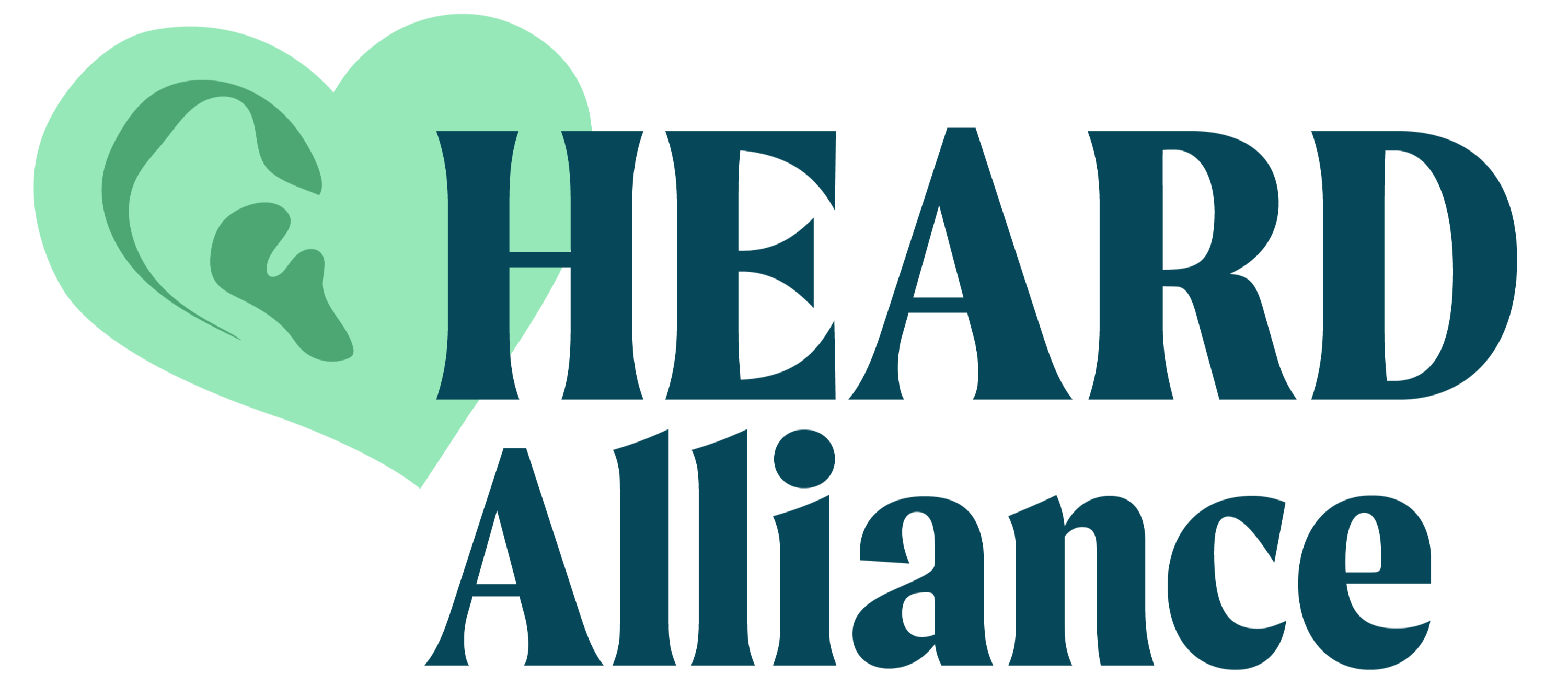Elena Kadvany, Reporter: Covering Youth Suicide with Care and Courage
- Mili Mehta
- Apr 10
- 2 min read
Updated: Aug 18
by Elena Kadvany, Reporter

Thoughtful media coverage is essential to a coordinated community response following a
death by suicide. During my time as the Palo Alto Weekly’s education reporter, I covered youth suicide clusters between 2014 and 2016. At this time, the newspaper significantly evolved its approach from covering suicide clusters several years prior, when I think the safe reporting guidelines were not as well understood or disseminated. We stopped publishing photos of scenes at the train tracks, no longer covered memorials, stopped using any language or details that could be perceived as glorifying the deaths and included crisis resources in every story, among other changes. It helped that top editors at my newspaper cared about and took safe reporting practices seriously.
I felt a deep personal responsibility to produce sensitive coverage that adhered to the guidelines but also didn’t shy away from spurring important public conversations about mental health in the community. I brought this feeling to every interview I conducted with parents, students and community members as well as internal conversations with my colleagues. I was vigilant about all of the Palo Alto Weekly’s coverage, including stories that I didn’t write, adhering to the guidelines. As a local reporter, I continued to report on youth mental health beyond the initial burst of interest from national publications, which quickly faded, and searched for related stories that pushed the conversation forward (such as an investigation into the lack of adolescent inpatient psychiatric beds in Santa Clara County or complicated policy efforts to alleviate academic stress in schools).
My biggest challenge was resistance from community members, including prominent leaders
in the school district, who feared that any media coverage would be dangerous and did not welcome it. It took time, many conversations and publishing sensitive stories to gain their trust. At the same time, many others impacted, particularly students, were anxious to share their stories and hopefully lessen some of the stigma attached to this topic.
I relied heavily on experts and resources from Stanford University, PAMF, the HEARD Alliance and Project Safety Net. I really welcomed conversations with those who didn’t fear media coverage and weren’t trying to control it via the guidelines. They rather understood that it’s important to work collaboratively with journalists, who play a crucial role in covering suicide.




